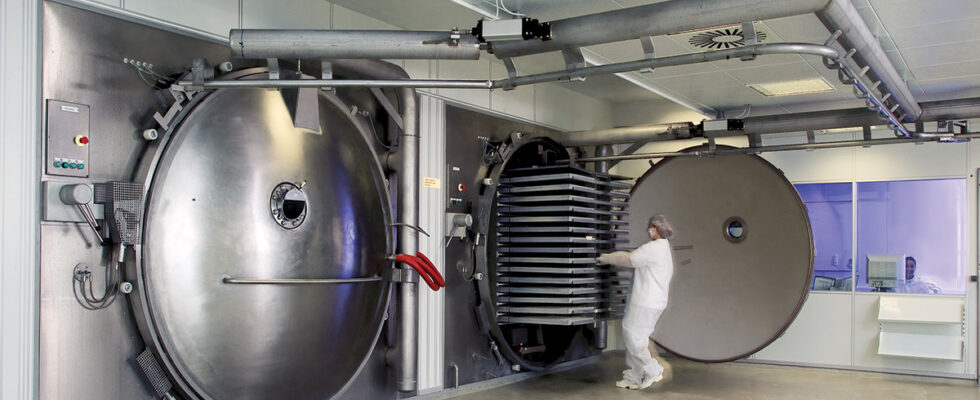Freeze drying is one of the best methods for increasing the life of your food. With the help of freeze-drying, you can freeze your favorite food items for years.
This process basically involves removing water content from foods, but it’s not quite the same as dehydration. This process is based on sublimation, while dehydration is simply the evaporation of water from a material with the help of heat.
Freeze drying generally consists of the following three processes:
- Freezing the food product
- Lowering the pressure
- Evaporating the ice directly using sublimation
Why Freeze-Drying?
Freeze drying never compromises the quality of your food. Dehydration compromises the quality and taste of food, which is why freeze-drying is the best method of preserving food for longer durations of time.
Apart from that, freeze-drying even maintains the original shape and texture of your food. Freeze drying is even best for preserving liquids.
The Stages of Freeze Drying
Freeze-drying involves the following four processes:
- Pretreatment
Everything that happens to the product before it is frozen occurs during this phase. In this phase, the product’s concentration may be checked and manipulated accordingly.
It may also involve processes through which the product’s stability and appearance may be better preserved. Sometimes the surface area of the product is increased for better sublimation.
At this stage, the product is thoroughly sterilized as well, since sublimation only preserves food but cannot kill bacteria or other microbes.
- Freezing
The major thing that happens during this phase is the freezing of the food product below the triple point. The purpose of freezing it below its triple point is to ensure successful sublimation.
In sublimation, the products’ water content will directly evaporate without going through a liquid phase. Experts generally prefer larger ice crystals. This stage makes the food product ready for sublimation.
- Primary Drying
In this phase, sublimation occurs by lowering the pressure of the product and heating it, evaporating the ice crystals directly.
The amount of heat and pressure required depends upon the type of product and can be calculated very easily. This stage removes 95% water from the product.
- Secondary Drying
At this stage, any unfrozen water content is removed from the product. The key to successful dry freezing is ensuring that no water content stays in the product.
Conclusion
Freeze drying is the most efficient and easy way to preserve your food or any other product.
The key to success is to do it carefully and use a small freeze dryer, like the Harvest Right Home Freeze Dryer from LeDAB.


